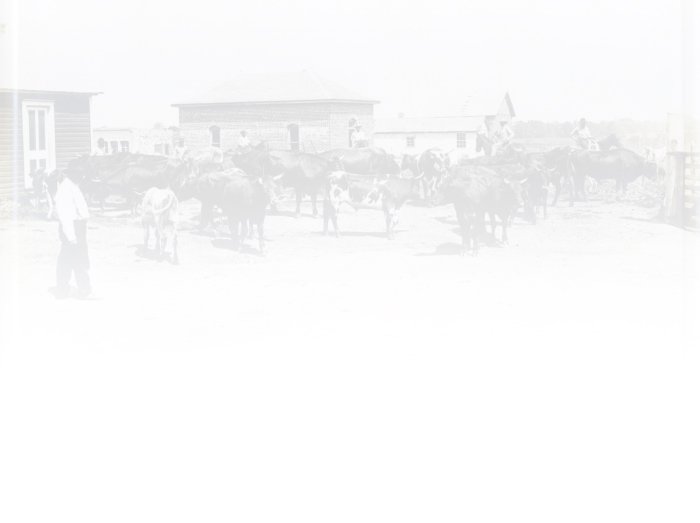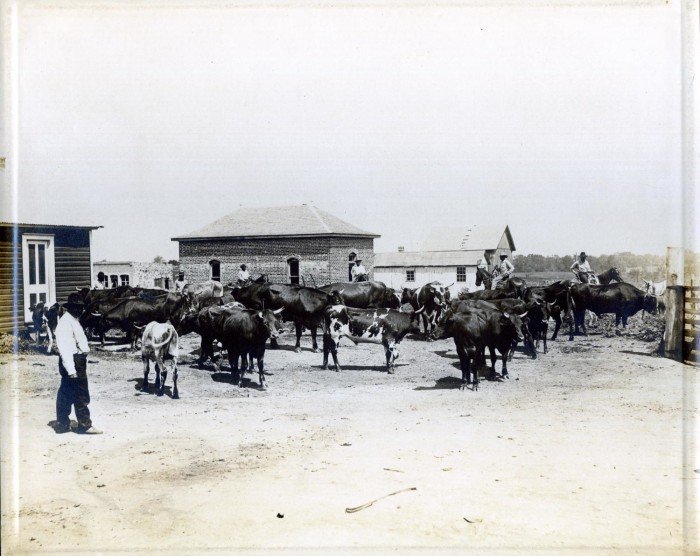
The Town of Taft, Oklahoma, where the past meets the present and community thrives! Nestled in the heart of the Sooner State, Taft is a hidden gem with a rich history and a bright future. Taft boasts a diverse and friendly population, a testament to our commitment to inclusivity and togetherness. We take pride in our community events, local businesses, and the strong bonds that tie us all together. Whether you're a longtime resident or a first-time visitor, you'll find a warm and inviting atmosphere that makes you feel right at home. Our town's history is an integral part of our identity, and we encourage you to explore the stories, landmarks, and historical sites that reflect our unique heritage. From our early pioneers to the industries that have shaped our town, Taft's journey is a fascinating one.
*The All-Black town known as Taft started as the community of Twine, which had a post office by 1902. Taft, located eight miles west of Muskogee, in Muskogee County is one of more than fifty All-Black towns of Oklahoma and one of only thirteen still existing. The town name honored William H. Twine, a resident who moved away and edited the Muskogee Cimeter. In 1904 citizens named the town Taft in honor of then Secretary of War (later President) William Howard Taft. The settlement developed in the Creek Nation on land allotted to Creek Freedmen.
Early in the town's history the citizens promoted their new community throughout the South. The Reaves Realty Company advertised Taft as the "fastest growing Colored community in Oklahoma." Taft had two newspapers, the Enterprise and the Tribune. The first mayor, Charlie Ford, owned Ford's Cotton Gin, and W. R. Grimmett operated a sawmill northwest of town. Before 1910 the community supported three general stores, one drugstore, a brickyard, a soda pop factory, a livery stable, a gristmill, a lumberyard, two hotels, a restaurant, a bank, and a funeral home.
Faculty of Taft School
(4072, Frederick S. Barde Collection, OHS).
*The All-Black town known as Taft started as the community of Twine, which had a post office by 1902. Taft, located eight miles west of Muskogee, in Muskogee County is one of more than fifty All-Black towns of Oklahoma and one of only thirteen still existing. The town name honored William H. Twine, a resident who moved away and edited the Muskogee Cimeter. In 1904 citizens named the town Taft in honor of then Secretary of War (later President) William Howard Taft. The settlement developed in the Creek Nation on land allotted to Creek Freedmen.
Early in the town's history the citizens promoted their new community throughout the South. The Reaves Realty Company advertised Taft as the "fastest growing Colored community in Oklahoma." Taft had two newspapers, the Enterprise and the Tribune. The first mayor, Charlie Ford, owned Ford's Cotton Gin, and W. R. Grimmett operated a sawmill northwest of town. Before 1910 the community supported three general stores, one drugstore, a brickyard, a soda pop factory, a livery stable, a gristmill, a lumberyard, two hotels, a restaurant, a bank, and a funeral home.
Taft Industrial School
(4071, Frederick S. Barde Collection, OHS).
Men Working Cattle in front of what is believed to be present Taft City Hall
(May 1914).
*taken from the Oklahoma Historical Society website




